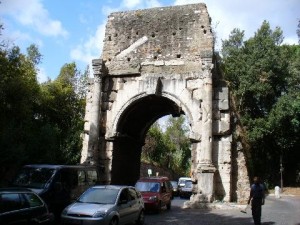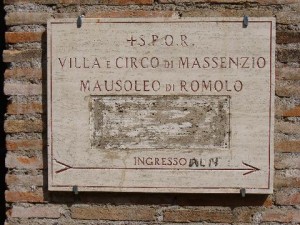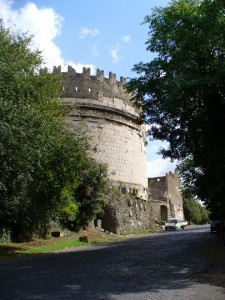Back in time – oh, those Romans!
It’s always been my dream to be able to go into a foreign city and experience the more secret spots, not the usual tourist attractions… like the little café in Rome where you can get a great view of the Tiber, far from the crowd of noisy tourist

I’m not going to tell you today about that little café (for the simple reason that I haven’t found it yet), but of another tourist attraction, that despite its uniqueness is sometimes overlooked in favor of the more famous of Rome’s attractions.
This is the Via Appia, which in my view embodies all the flavor of antique Rome, and manages to stay somehow unspoiled by modern Rome that sometimes surrounds the ruins and spoils the flavor of ancient monuments.
The Via Appia has over 30 points of interest, I will highlight here only a few of most famous, that also have the merit of being closest to the city. You can even do these by walking, but I wouldn’t recommend it, especially in the summer (I also don’t recommend driving a car in Rome, unless you are a very experienced driver who enjoys chaotic traffic). A combination of walking and taking the bus for one stop or two stops it’s what we did, and I wholeheartedly recommend it, as walking for a bit on the Appian Way is like inhaling some of the roman history, and it’s an absolute must.
A great start for a tour of Via Appia is the baths of Caracalla. These can give you a very good idea of both the grandeur of imperial Rome and of the importance public baths had for the Roman people (Tip: you can use the ticket to the Terme to visit another of Via Appia’s attraction, the Tomb of Cecilia Metella). Visiting the baths takes an hour at most, and it will give you a good idea of the layout of Roman public baths in general, and a chance to see some excellently preserved mosaics, mostly with marine motifs.
Leaving the baths you come to the true starting point of the Via Appia: The gate of San Sebastian. It is one of the ancient gates in the Aurelian Wall through which one left the city. Inside the gates there is a museum dedicated to the ancient walls.


